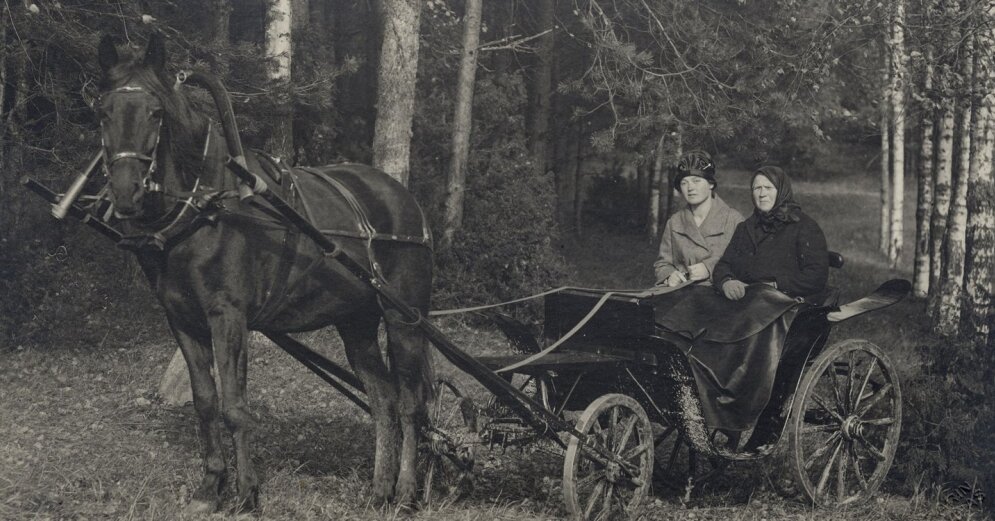The Latvian Photography Museum will present the Riga Photography Biennale 2020 art intervention project “(Invisible Authors)” at the Latvian Museum of Photography on September 17 at 5 pm and a lecture will be given at 5.30 pm by Guna Shevkina, a researcher at the Latvian Museum of Photography.
–
Content will continue after the ad
Advertising
–
As the representatives of the Museum of Photography emphasize, there is a relatively wide range of little-studied topics in the history of Latvian photography. One of them is related to the activities of photographers – women in the first half of the 20th century, therefore one can often come across the assumption of the secondary role of women in photography. The lecture, which uses the historical sources of the Latvian Museum of Photography and other memory institutions, is intended as an attempt to find an insight into the daily work of a provincial photographer. By paying attention to specific photographers around Pļaviņas and Koknese, general tendencies in the specific period will also be reflected through their individual life stories and characteristics of activities.
The lecture of the historian Guna Ševkina takes place within the framework of the research initiated by the Riga Photography Biennale 2020 and the Latvian Museum of Photography, which is dedicated to the unknown or rather invisible Latvian cultural heritage. The study is the result of the biennial curator Šelda Puķīte’s art intervention project in the urban environment “(In) Visible Authors” and aims to draw attention to the work of women photographers in Latvia in the first half of the 20th century, review and expand the view of past events.
The project updates the presence of women in the development of photography from the very beginning, although many of these stories are still not included in the overall history of world art. At the beginning of the 20th century, when the photo medium itself was still relatively new in Latvia, the art world was also skeptical of women trying to break into the cultural sphere, as evidenced by the ruthless texts of Latvian art critics about the role of women in society and culture in the first half of the century. “Invisible Authors” allows you to imagine the story of a young, emancipated revolutionary, a salon owner and a talent attractor, photographers on a wheel whose camera captures the lives of ordinary people, or a group of photographers from the Koknese area whose heritage can be explored and viewed on paper, both holding unique glass negatives.
A photo collection selected from museums and private collections, placed in an urban environment, becomes available to any passer-by. By exhibiting large-format copies of selected works, the inverse principle of representation is created by placing and illuminating on billboards not images with women trying to sell a new product or service, but works created by female photographers.
The original copies of the photographs used in the art intervention are kept in the Latvian Museum of Photography, the Riga History and Navigation Museum, the Aizkraukle History and Art Museum, the Madona Local History and Art Museum and the private collection of Pēteris Korsaks. The project “(In) Visible Authors will take place in Riga from September 7 to 20.
The exhibition in the urban environment includes Antonija Heniņa (1897–1979), Minnas Kaktiņa (1876–1949), Lūcija Alutis-Kreicbergs (1889–1985), Emīlija Mergupe (1885–1972), Marta Pļaviņa (1896–1956), Ērika Zariņa (1897– 1968).
The culmination events of the Riga Photography Biennale 2020 will take place from September 7 to 26 in Riga. The program is available at: rpbiennial.com
The Riga Photography Biennale is an international contemporary art event that focuses on visual culture analysis and artistic representation. The theme of the Biennale covers issues from cultural theory to current socio-political processes in the Baltic and European region, striving to capture and offer in the format of an art festival a common understanding of world change, which we need not only to see but also imagine, translating such complex and saturated visual language into meaningful relationships. – between everyday life, camera lens, historical material, contemporary art, technology and the future.
–


